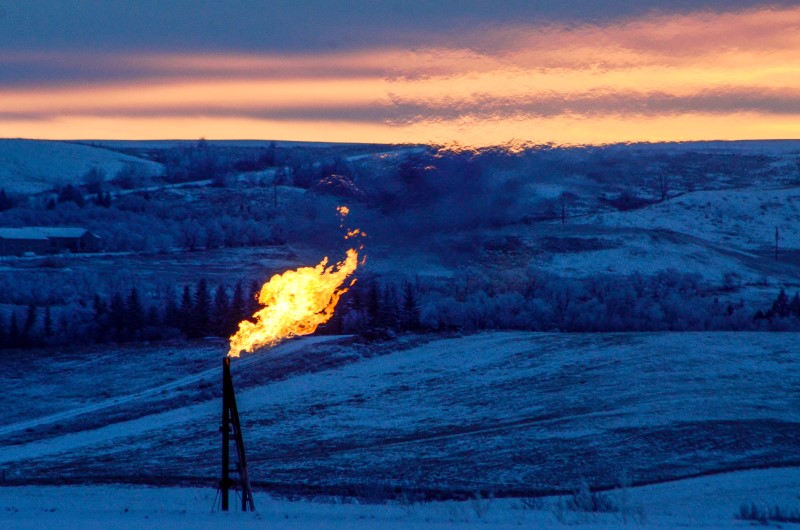Investing.com - Natural gas futures edged higher to start the week on Monday, as market players monitored winter weather forecasts to gauge demand for the fuel.
A weather system will track across the Midwest with areas of rain and snow through Jan. 27, but with only modest cooling, according to updated weather models.
Meanwhile, in the East, conditions will be warm with highs of 40s and 50s over the Great Lakes and Northeast, with 60s and 70s over the South and Southeast.
Looking further ahead, temperatures will fall to below seasonal levels across the East coast through the end of this months and into the first week of February.
Natural gas prices typically rise during the winter months as colder weather sparks indoor-heating demand. The heating season from November through March is the peak demand period for U.S. gas consumption.
Front-month U.S. natural gas futures tacked on 1.8 cents, or around 0.6%, to $3.203 per million British thermal units (btu) by 10:45AM ET (1525GMT). It touched its best level since mid-May at $3.288 last Wednesday.
U.S. gas futures lost about 0.5% last week after data showed that domestic supplies in storage fell less than forecast.
Market participants looked ahead to this week's storage data due on Thursday, which is expected to show a draw in a range between 260 and 275 billion cubic feet (bcf) in the week ended Jan. 19.
That compares with a decline of 183 bcf in the preceding week, a fall of 119 bcf a year earlier and a five-year average drop of 164 bcf.
Total natural gas in storage currently stands at 2.584 trillion cubic feet (tcf), according to the U.S. Energy Information Administration. That figure is 368 bcf, or around 12.5%, lower than levels at this time a year ago and 362 bcf, or roughly 12.3%, below the five-year average for this time of year.
